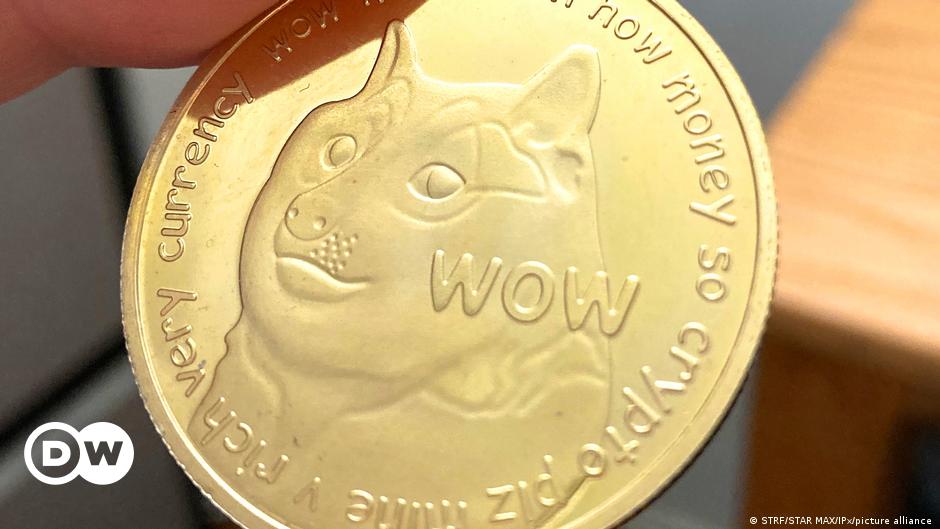That is about half of what all data centers — for the internet, cloud computing, the entire financial sector and all other cryptocurrencies — consume.
Especially since currently about 80% of the hash rate, the combined computing power for mining and processing Bitcoins, is provided in Asian countries.
Using geothermal and hydroelectric power, state-owned Landsvirkjun and other energy companies generate nearly 100% of the island’s electricity.
It’s so cheap that for years there has been talk of laying an undersea cable to the UK to deliver green power to Europe, where it’s much more expensive.
Its founders include Philip Salter, who is now chief technical officer of affiliate Genesis Digital Assets and can sum up the island nation’s advantages in one line.
Meanwhile, however, the country’s generation capacity is reaching its limits: “There could be very little excess energy in 2021 and 2022,” Landsvirkjun CEO Hordur Arnarson told Bloomberg recently.
Mining pioneer Salter says he can understand why Icelanders don’t want to sacrifice their unique natural resources for more power capacity.
“Especially in the north of the country, where we also operate a mining farm, the conditions are comparable to those in Iceland,” he said.
Renewable energy is available in such large quantities in Scandinavia that some countries hardly know what to do with it.
However, the demand for electricity from heavy industry is also growing there, especially for the production of “green steel.” Here, iron is processed into steel using renewable electricity and green hydrogen instead of coal.
Two consortia have big plans in northern Sweden.
Bitcoin is thought of as a digital currency because it exists only virtually, without any physical coins or notes.
There are three different ways to acquire Bitcoin: First, you can buy the cryptocurrency with legal tender at online exchanges such as Coinbase or Bitfinance.
It contains a public key as well as a private key that allows only the owner of the wallet to send or receive cryptocurrency.
After Mr. X has received the public wallet address of Ms. Y, he signs off the transaction with his private key to verify that he is indeed the sender of the digital currency.
After that, the Bitcoin gets sent to Ms. Y’s public address, where she can now unlock the transfer with her private key.
The Bitcoin transaction between Mr. X and Ms. Y is finally included in a vast public ledger, the blockchain, where all confirmed transactions exist as blocks.
It’s cheap electricity from coal gives it a competitive edge over rival miners, mainly in the US, Russia, Iran and Malaysia.
Due to the massive computing power needed for crypto mining and processing, the Bitcoin network consumes vast amounts of energy — about 120 terrawatt hours of power per year.
In the more densely populated south as well as in Norway and Denmark land is now scarce and therefore more expensive.
“The Nordic area is expected to increase to a level closer to the major European countries’ spot power prices,” said Botnet.
The energy analyst expects electricity prices to rise by around 50% over the course of a decade, to €40 to €50 per megawatt-hour on the spot markets.
The blockchain industry in all five countries together accounts for about 1% of the global hash rate, according to figures from Cambridge University.
This is supported by the fact that wind and solar power plants are the cheapest sources of electricity that can be installed today.
